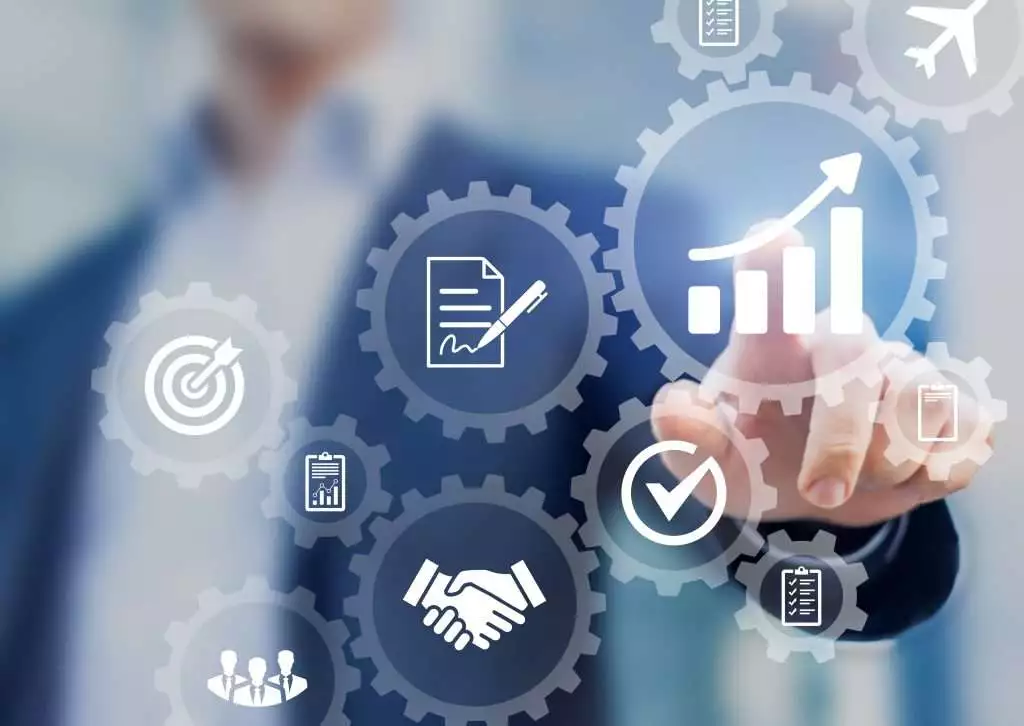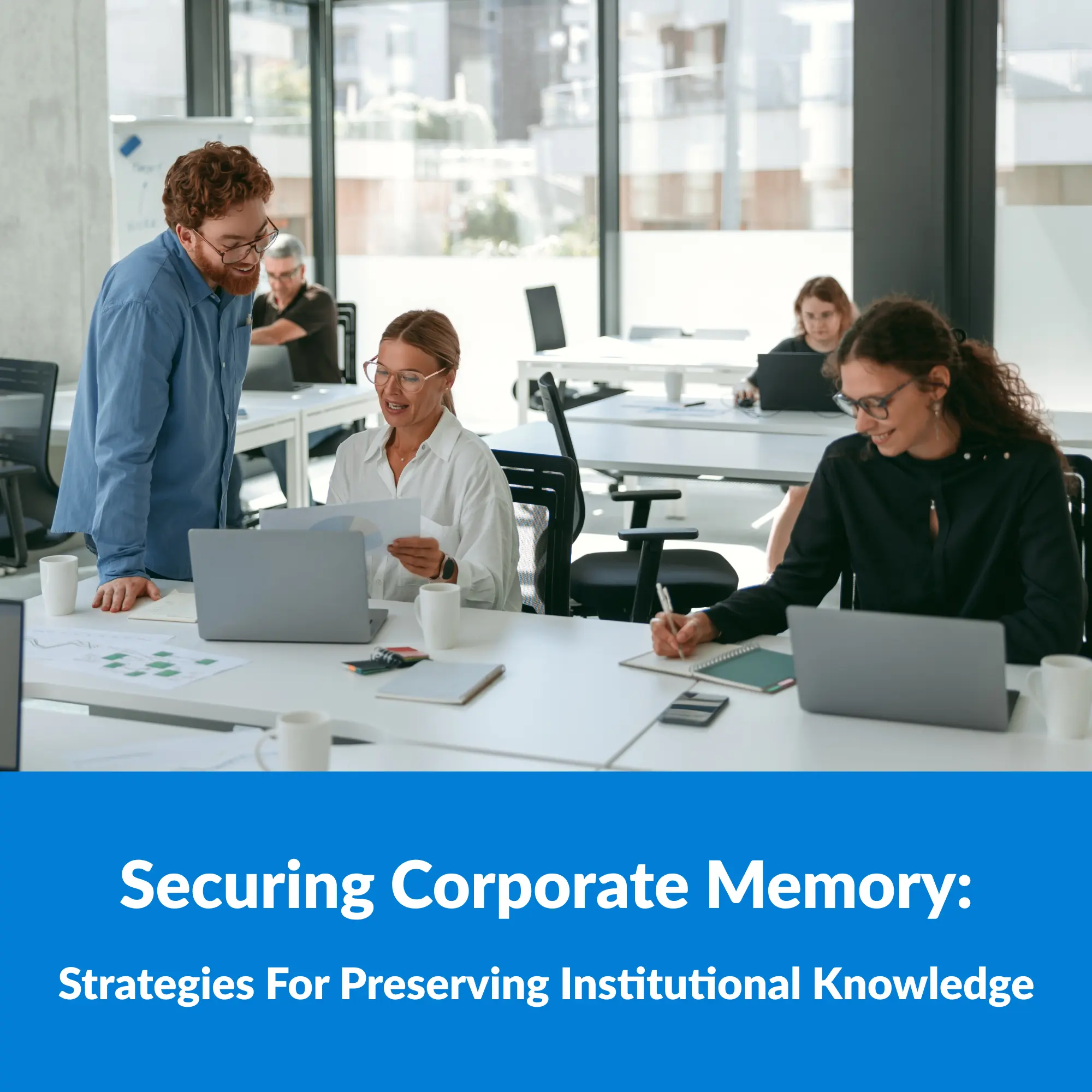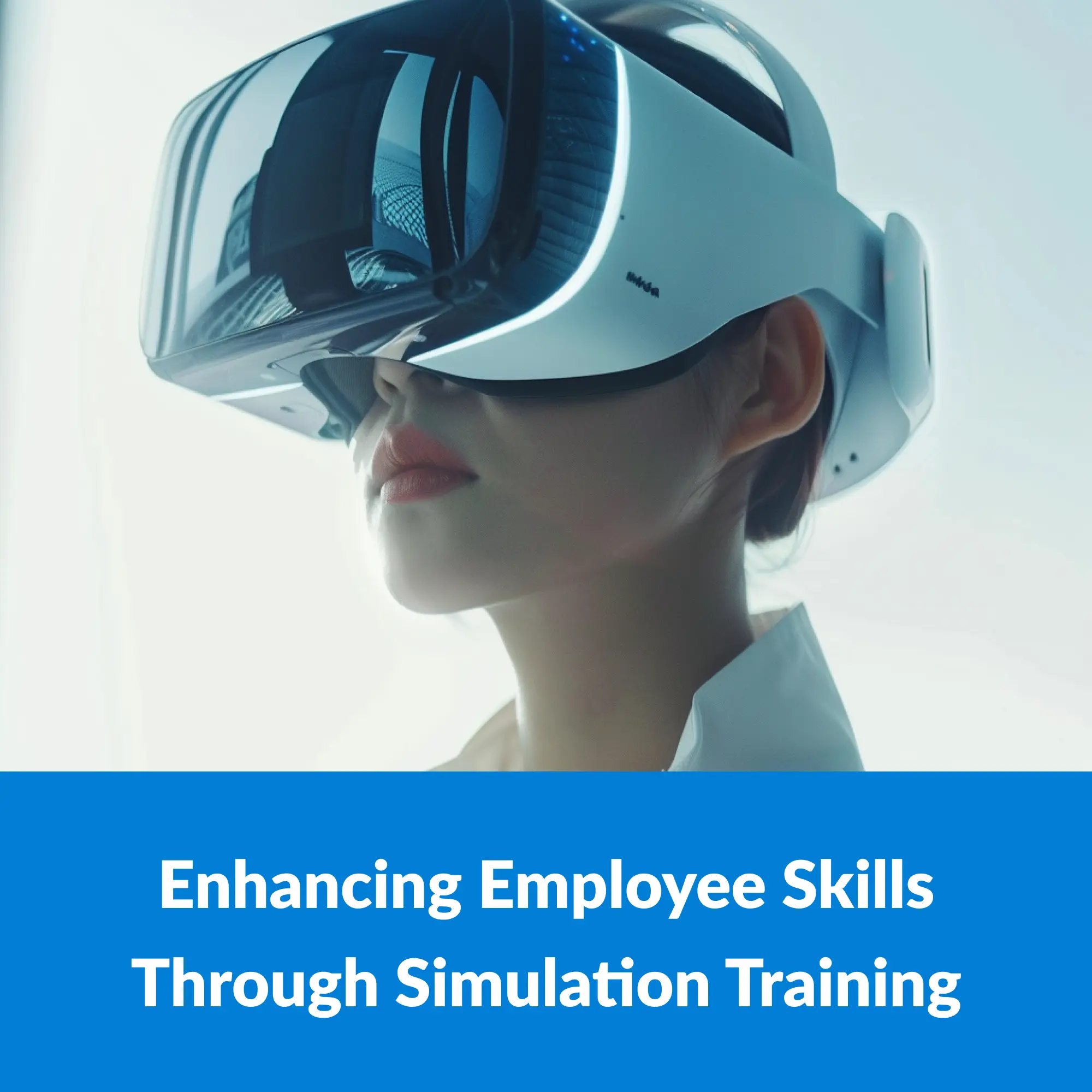As technology becomes increasingly ingrained in our day-to-day lives, it is also becoming increasingly important in the workplace. With so many digital tools and platforms at our disposal, it’s essential that we create a strong digital employee experience (DEX) to make sure employees are able to take advantage of these tools to do their best work.

This post will explore the benefits of a good DEX, the challenges companies face when implementing one, and how to overcome these challenges. We’ll also share tips on creating an excellent DEX for your team. Let’s get started!
What is a Digital Employee Experience?
The term “Digital Employee Experience” (DEX) refers to the employee’s perceptions and feelings from their interactions with the IT-provided digital tools in their workplace. It depends on how well one’s device(s), applications, networks, and own knowledge of end users are functioning.
Beyond IT, DEX is a notion that is fundamental to the present employee experience and is directly related to a company’s culture, employee engagement, human resources (HR), and capacity for innovation.
Benefits Of Applying Digital Employee Experience In The Workplace
Any company’s employees are its greatest asset. Suppose your workforce relies on digital technology to complete their task. In that case, it makes sense to ensure that your digital systems operate as efficiently as possible.
It makes no sense to carry out tasks “the old-fashioned way” concerning numerous crucial procedures. The conventional approach can be tiresome, time-consuming, inefficient, and counterproductive. Effective technology can greatly simplify your life by streamlining many of your business’s most important operations.

By improving the employee digital experience, your staff can finish many crucial tasks in minutes or even seconds. Because of this, they will have more time to invest in the kinds of jobs that will advance their business.
However, the advantages of a positive digital employee experience go well beyond gains in productivity and efficiency.
Excellent technology can enable workers to work how it best suits them. It can promote a healthy work-life balance and make it easier for staff members to get the necessary tools to maintain their well-being.
An excellent digital employee experience will give you access to crucial facts, figures, and insights about employee welfare and absenteeism. You’ll be able to see scenarios this way. With it, you may stop minor difficulties from turning into major issues affecting your employees and your organization.
=> Related article: How To Create The Most Effective Work Instructions
Challenges Of Building And Maintaining Digital Employee Experience
It is far from simple to create a future-proof digital workspace with the best employee experience; it calls for much thought and preparation.
Business executives must prioritize addressing the following challenges:
- Company continuity: A new IT support approach is necessary to ensure uptime and productivity in a hybrid workplace. The biggest obstacle to retaining a remote workforce is that conventional methods could be more effective.
- Engagement of employees: Even before COVID, employees were becoming more in charge, exhibiting less loyalty to the organization and staying with the company for fewer years. Due to the pandemic, employees now have even higher expectations for their whole workplace experience.
- Expansion of the IT workforce: Due to the overwhelmingly high frequency of helpdesk inquiries, IT teams have realized the need for better insight into the operation of IT assets and associated employee attitudes. This has, in turn, raised awareness of the need for AI Ops-based enhanced intelligence.
- Digital transformation: About half of all firms claim to be at an advanced stage of digital transformation. However, customers face new difficulties due to this quick transition to new technologies. The primary barrier to employee productivity is using new or unfamiliar technologies.
- Realization of business value. Gaining value from digital investments and conducting a thorough ROI analysis is now more important than ever due to the increasing economic instability. There is a definite demand for solutions that have a short-term business impact as firms work to increase their resilience.

How To Improve The Digital Employee Experience In An Organization?
Employees who expect enterprise IT teams to keep up with the quick pace of digital services and gadgets offered to consumers have historically been dissatisfied due to the ongoing evolution of the technology landscape.
Meeting employee expectations and keeping up with innovation can seem like an impossible challenge. Still, with the proper tools and the appropriate strategy, it’s easier than it previously was.
Step 1 – Planning: Prioritize your improvements
Most monitoring systems overwhelm IT teams with telemetry data unrelated to employee experiences or business results. It is easier to prioritize problems by understanding how slow latency or poor device performance affects staff members and the enterprise’s bottom line.
So, in Step 1, you set priorities for your digital employee experience and establish your improvement targets. This is accomplished by keeping an eye on end-user experiences in five key areas: devices, collaboration and productivity tools, mission-critical applications, and other applications.

The end-user experience monitor should measure reaction time, latency, and availability within these domains in addition to more traditional metrics, such as CPU and memory consumption, storage performance, and active processes.
By collecting and combining this data into a single experience score, you may better comprehend what employees go through daily.
Step 2 – Implementing: Identify what to improve to achieve your goals
The IT world is naturally complicated and constantly evolving. The experience of your employees may vary by different applications or IT aspects. For instance, issues with the digital experience can happen to the hosting environment, public clouds, Wi-Fi connections, or end devices.
Effective analytics is necessary to decide which area has to be upgraded initially. This is about DOING: choosing your next action to reach the stated objectives.

To identify the underlying causes of the performance gaps targeted in the PLAN step, companies can drill down into key apps, devices, collaboration tools, and productivity applications by setting improvement objectives with intelligently driven analytics.
Launch a small-scale pilot program armed with this data. This strategy keeps everything on track and keeps IT workers, from becoming overburdened.
Step 3 – Checking: Report improvements
The third phase entails checking the outcomes and reporting them. With effective end-user experience monitoring technologies in place, the pilot program’s results can be swiftly verified. These results will support or refute the improvement plan’s validity.

The impact of the change implemented must be confirmed by contrasting the digital employee experience before and after the change was made, regardless of the pilot test improvement—whether it is increasing the resources available to a client device, updating an application, moving to virtual desktop infrastructure, or rolling out new devices.
Digital employee experience management is a crucial stage in ongoing progress. The team goes back to step two (DO) and reevaluates its plan for reaching the goal stated in step one if the data shows that the improvement efforts were unsuccessful (PLAN).
Step 4 – Acting: adjust performance for additional improvements
When the results of the third step (CHECK) justify the complete implementation of the modifications, the team can ACT on the intended improvements. The modification is formally implemented across the company in this final stage, cascading the improvement to all users.

Implementing this intended enhancement is only the end of one cycle. Return to the PLAN phase after standardizing the anticipated improvements and monitor the new normal for other areas of improvement.
This journey is focused on constant progress in an era where IT consumerization is continuously changing expectations. Modifying the standard for regular digital interactions allows your staff to constantly adapt and provide market-leading support and competitive user experiences.
To Conclude,
Employee experience is a hot topic in today’s business world. Companies realize that they need to provide an excellent digital employee experience if they want to keep their employees.
Benefits of a good employee experience include higher productivity and engagement and reduced staff turnover rates. However, providing a great digital employee experience can take time and effort for companies.
Several ways to improve the employee experience include using the latest technologies and creating a culture of innovation. By following these tips, you can create a work environment where your employees feel appreciated and engaged, leading to better business outcomes for your company.





